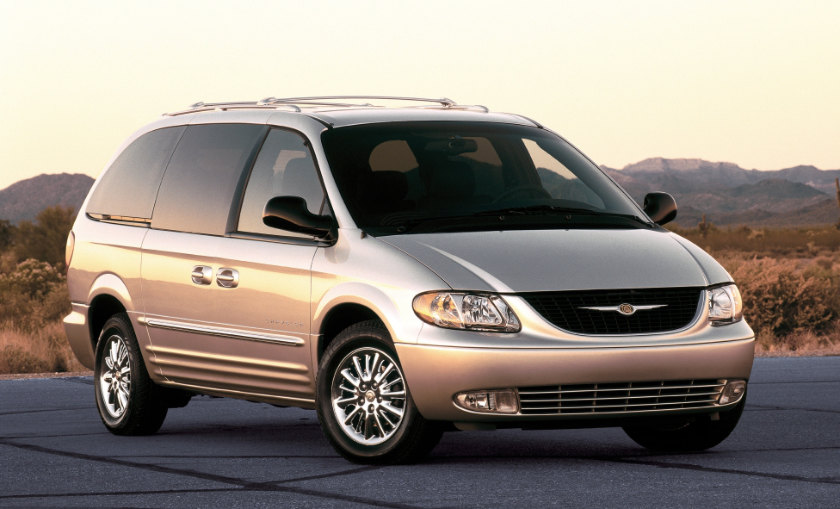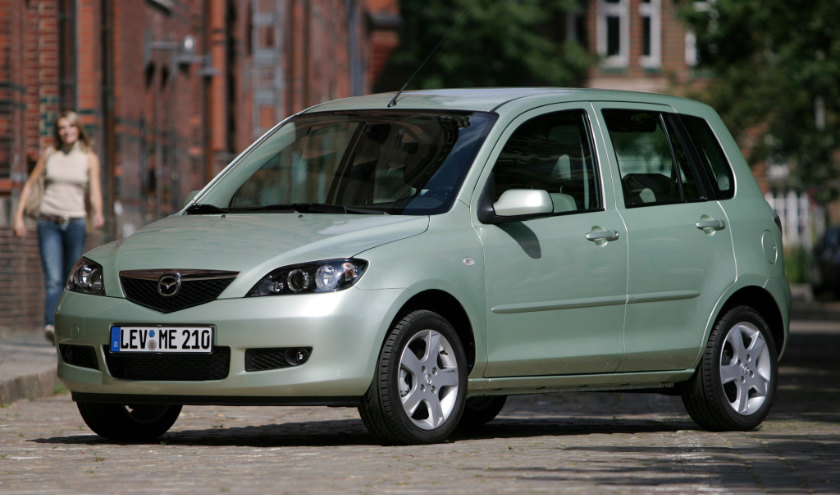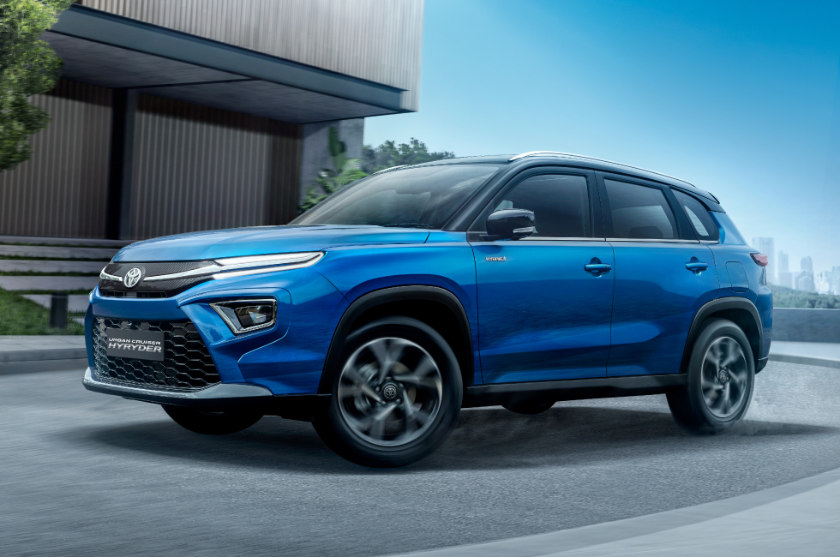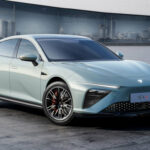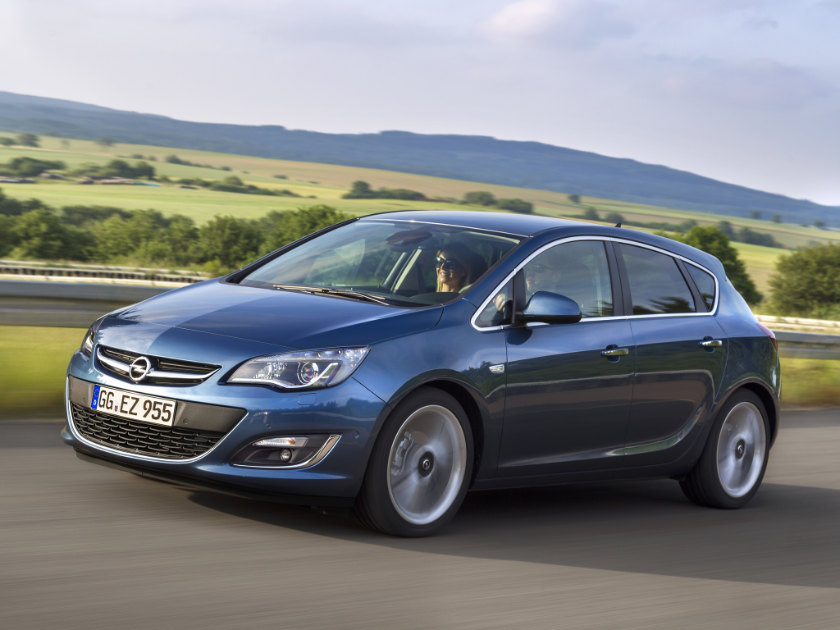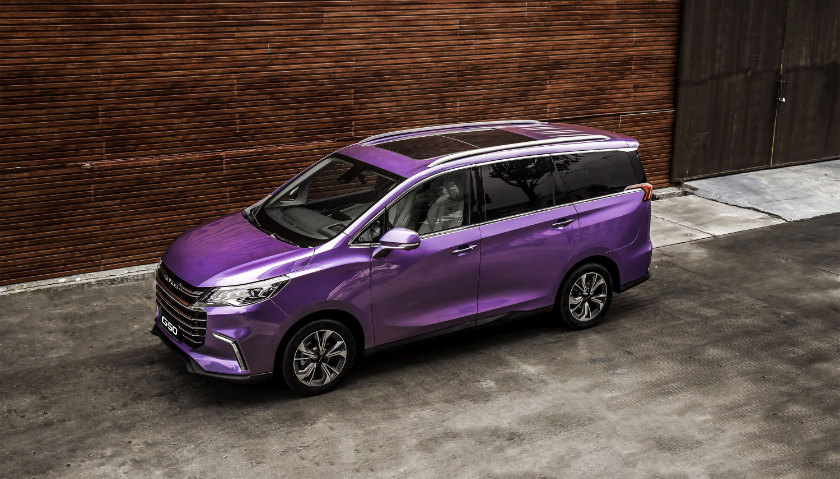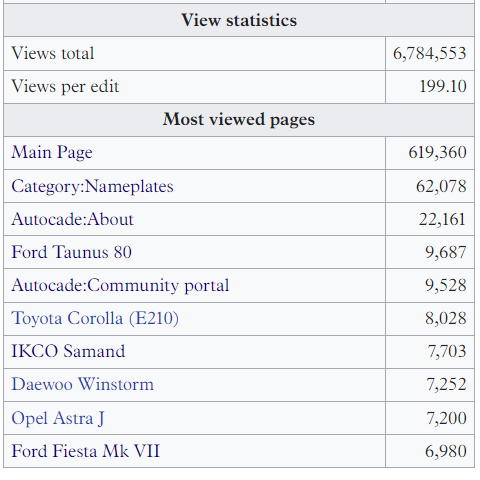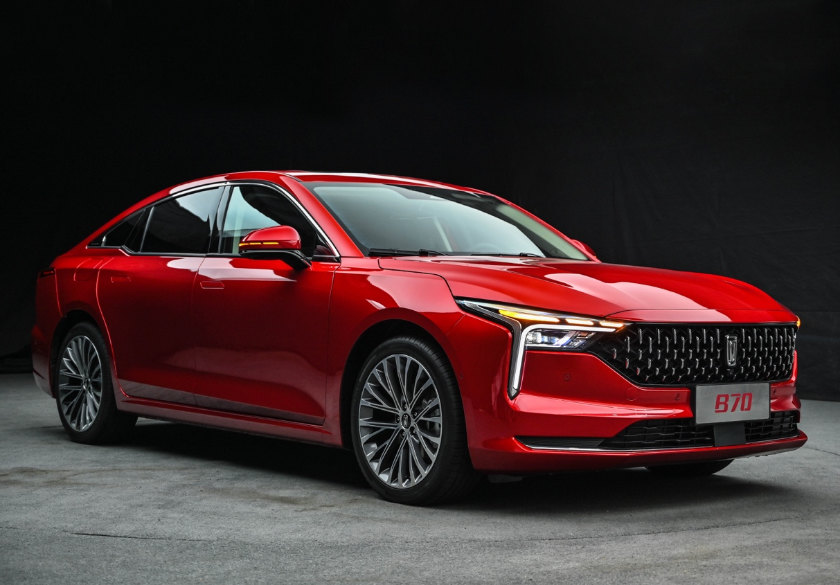The Chinese-market Buick Enclave became Autocade’s 4,000th model today. It wasn’t planned: in fact, I had readied a photograph of the Hyundai Tiburon (RD), expecting that would be the 4,000th. But, as happens with this site, you spot something, and you want that clarified. I haven’t been methodical about Autocade, ever—it has always been about what took my fancy and whether my reference books on the topic were around. (After the move, a few still aren’t, so fans of smog-era US cars may have some waiting before they see those increase in numbers again.)
Just as I do with each millionth page view, I thought I’d see how the entry numbers had progressed:
December 2009: 1,000 models (21 months to first 1,000)
December 2012: 2,000 models (three years to second 1,000)
December 2014: 3,000 models (two years to third 1,000)
January 2020: 4,000 models (six years and one month to fourth 1,000)
In other words, these last 1,000 took ages, and I suspect it’s a mixture of busy-ness on other ventures and the fact that a lot of modern cars that get entered aren’t that inspiring.
When many entries of new models into Autocade are of SUVs, especially Chinese ones that have little to distinguish themselves, then it’s not as fun as adding those models that you’ve had some connection with from your youth. The first 1,000 were easy: I remembered many of the details (cubic capacities and prices, for instance—I am that much of an anorak when it came to stuff from my childhood) and while I still checked with books, they didn’t take that long to write. But how many of us care about the difference between the Honda Pilot and Passport, or the links between the Beijing X3, Changhe Q35, BAIC X35 and Senova Zhixing anyway?
I imagine that there’s more editing that goes on today, too. When a current model gets entered, you just put the start of production and ‘to date’. But there’s no guarantee we’ll revisit that page when the car ends production; and often there’s no announcement of the cessation anyway. Naturally with more pages on the database, the more time you’ll spend editing and correcting existing content than creating brand-new stuff. China’s massive boom in the late 2000s and most of the 2010s meant a plethora of models got entered, and with the market the way it is there, cannibalization of your own model lines hasn’t struck some car makers as an issue yet.
There’s also the issue of translation: you want to go to a Chinese resource when writing about Chinese cars, and my literacy hasn’t really kept up with my age.
A middle-aged man uses, in part, nostalgia to make sense of the car world—I buy Octane and Classic and Sportscar more than Autocar and Car these days—and while it’s easy to understand Kas, Fiestas, Focuses and Mondeos, it’s not as second-nature to utter EcoSport, Puma, Escape and Mustang Mach-E. It is no surprise to see Mercedes-Benz stick with its A, B, C, E and S pecking order, even for its SUVs (prepend GL). The next generation of motorhead will have no such issue: they’re used to these big line-ups and where everything sits.
I’ll keep building, and there is plenty of exotica that hasn’t been entered. Perhaps between those and the Chinese crossovers, it can remain interesting.

